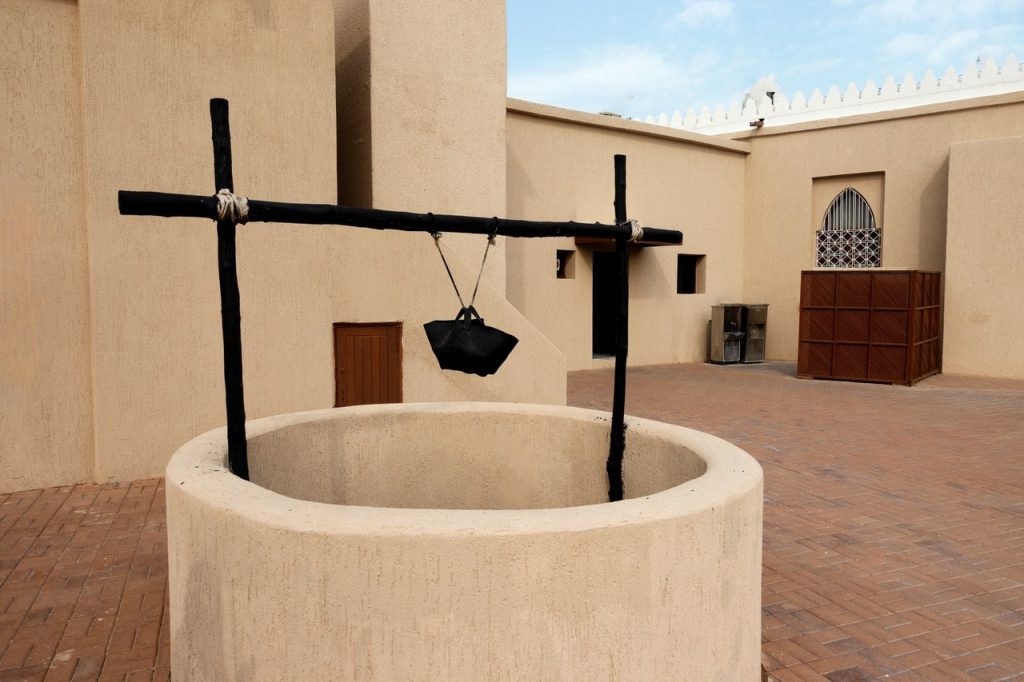Your home’s plumbing is part of a vast and technologically advanced network that ensures you and your family have access to clean water at the right temperature, on demand. Incredible as this can seem, it’s a system that has a lot of working parts, with the pipes that carry the water across your home being one of the most important.
This means that one of the most important aspects of maintaining a clean and comfortable home involves properly caring for the plumbing system by cleaning your drain pipes. In fact, understanding how to clean drain pipes effectively can save you a great deal of time, effort, and even money.
In this guide, we’ll explore the most effective commercial solutions, DIY solutions, and preventative measures for keeping your drain pipes in optimal operating condition.
Commercial Solutions for Cleaning Drain Pipes
Commercial drain cleaners are a popular choice for many homeowners. These products come in two main forms: chemical and enzymatic cleaners that will help if you are wondering how to clean your home drain pipes.
1. Chemical Drain Cleaners
Chemical drain cleaners typically contain powerful substances like lye or sulfuric acid, which can quickly dissolve stubborn blockages. They work by causing a heat reaction that breaks down the clog.
While technically an effective way to clean drain pipes, they should be used sparingly, as repeated use could potentially damage your pipes due to their corrosive nature. Professionals recommend that you stay clear of these types of cleaners altogether to prevent damage to your plumbing system.
2. Enzymatic Drain Cleaners
Enzymatic drain cleaners utilize eco-friendly enzymes or bacteria to eat away at the organic material causing the clog. They may take longer to work compared to chemical cleaners but are safer for your pipes and the environment.
Regardless of the type of commercial cleaner you choose, remember to always follow the manufacturer’s instructions for optimal results.
DIY Solutions to Clean Drain Pipes
There are a couple of simple solutions to clearing a drain yourself that require little skill and are very cost-effective.
1. Homemade Drain Cleaner
Homemade drain cleaners can be a more economical and environmentally friendly alternative to commercial solutions. If your clog isn’t too serious, they can be all you need to eliminate the problem. One popular method is using a mixture of baking soda and vinegar. Here is a simple step-by-step guide on how to clean drain pipes using this solution:
- Pour half a cup of baking soda into the drain, followed by equal white or apple cider vinegar. The combination will cause a fizzing reaction that helps to break down grime and debris.
- Allow the mixture to sit in the drain for 15-20 minutes to ensure it has sufficient time to act on the blockage.
- Rinse the drain with boiling water to remove the loosened materials.
- This process may need to be repeated for particularly stubborn blockages.
2. Using a Plumber’s Snake
Another DIY method involves using a plumber’s snake to physically dislodge the clog. A plumbing snake, also known as a drain snake or auger, is a flexible coil of wire that can reach deep into your plumbing system to dislodge blockages.
Here is a step-by-step guide on how to use a plumbing snake to clean your sink drain:
- First, clear out the area under your sink to give yourself ample space to work. Gather your tools: you’ll need a bucket or a towel to catch any water or debris that comes out of the pipe, and gloves to protect your hands.
- Remove the u-shaped drain beneath your sink and clean out any debris present and flush with hot water. In some cases, this may be all that is needed to clear your drain if the blockage was located there.
- Hold the handle of the snake with one hand and the wire coil with the other. Gradually feed the coil directly into the drain.
- Once the snake is in the drain, turn the handle clockwise to extend the wire further into the pipe. Continue to feed the wire down the drain until you feel resistance, which is likely the blockage you’re attempting to clear.
- Once you’ve located the blockage, keep turning the handle clockwise while pushing gently to allow the head of the snake to dislodge the clog. You may feel the blockage breaking up, or the snake may become harder to turn.
- After you’ve broken up the blockage, begin to retract the snake by turning the handle counter-clockwise, while gently pulling back. The clogged material should either follow the snake up and out of the drain or be broken up enough to wash away in the next flush of water.
- Replace the section of the u-shaped piece of plumbing you removed in step one.
- Run hot water down the sink for a few minutes to ensure the clog is completely cleared. If the water isn’t draining properly, you may need to repeat the process. Clear your snake drain of any debris with a paper towel and repeat the process.
Remember, while a plumbing snake is an effective tool for many clogs, some stubborn blockages may require professional help. If you’re unable to clear the clog with your plumbing snake, don’t force it. Instead, consider contacting a professional plumber to avoid damaging your pipes.
Preventative Measures: How to Keep Drains Clean
Though any of the four efforts above will help you to clean your drain, the best option is to prevent clogs from occurring in the first place by maintaining clean drain pipes. Here are some ways to keep sink drains clean and functional:
Regular Maintenance: Implement a regular cleaning schedule for your drains. Even if you don’t notice any immediate issues, preventative maintenance can help avert potential problems.
Mind What Goes Down the Drain: Avoid washing down food scraps, coffee grounds, or fats and oils. These can accumulate over time and cause significant blockages.
Use Drain Screens: These handy devices can catch larger pieces of debris, preventing them from entering the drain pipe.
Run Hot Water: After each use, especially in the kitchen, run hot water down the drain. This can help dissolve and wash away residual oils and food particles.
Conclusion: Keep Drains Clean and Functioning
Keeping your home’s drain pipes clean isn’t just about clearing blockages as they occur. By understanding how to clean drain pipes effectively and implementing preventative measures, you can maintain a healthy plumbing system, avoiding foul shower drain smells, drain clogs, and other issues.
Regular care and vigilance go a long way in ensuring the longevity of your drains and reducing the need for costly repairs. Remember, the key to a well-functioning drain is not just to know how to clean your drain pipes, but to keep them clean in the first place.
If you find yourself with a persistent blockage, contact AHWA for an appointment to help you get your drains running free and clear again.











